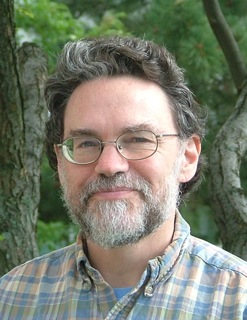EH Seminar on Understanding Chemical Impacts on Natural Populations, Oct. 25.
Join the BUSPH Department of Environmental Health for a seminar examining the complex and pervasive effects of various classes of chemicals on fish — and on the people and animals who consume them.
Complex Exposures / Complex Responses: Understanding Chemical Impacts on Natural Populations
Friday, October 25
Noon – 1 pm
BU Medical School, Room L210
 Mark HahnMark Hahn, PhD
Mark HahnMark Hahn, PhD
Department Chair Biology
Senior Scientist
Woods Hole Oceanographic Institution (WHOI)
http://www.whoi.edu/profile/mhahn/
Summary:
Organisms inhabiting the New Bedford Harbor, a federal Superfund site, are exposed to a complex mixture of polychlorinated biphenyls (PCBs), other organic pollutants, heavy metals, and other types of stressors such as hypoxia. This presentation will explore the response of one species, the Atlantic killifish Fundulus heteroclitus, to this complex exposure. The focus will be on signaling pathways through which fish (and humans!) deal with environmental chemicals and the molecular interactions (“cross-talk”) among these pathways that help determine the response to these complex exposures.
The overall objective of research at the Hahn Laboratory at Woods Hole Oceanographic Institution is understand the biochemical and molecular mechanisms that underlie the interactions of animals with their chemical environment. Researchers examine these mechanisms from comparative and evolutionary perspectives in order to understand the fundamental features of the biochemical systems that control the response of animals to toxic chemicals.
Dr. Hahn’s past and current research interests include: Comparative biochemistry and molecular mechanisms of chemical-biological interactions in aquatic animals; receptor-mediated mechanisms of gene regulation and toxicity; mechanisms of adaptation and acquired resistance; aquatic animal models in toxicology; molecular evolution of transcription factors involved in environmental sensing; mechanisms of response to oxidative stress; biological effects of marine natural products; comparative genomics; role of microRNAs in developmental toxicity.